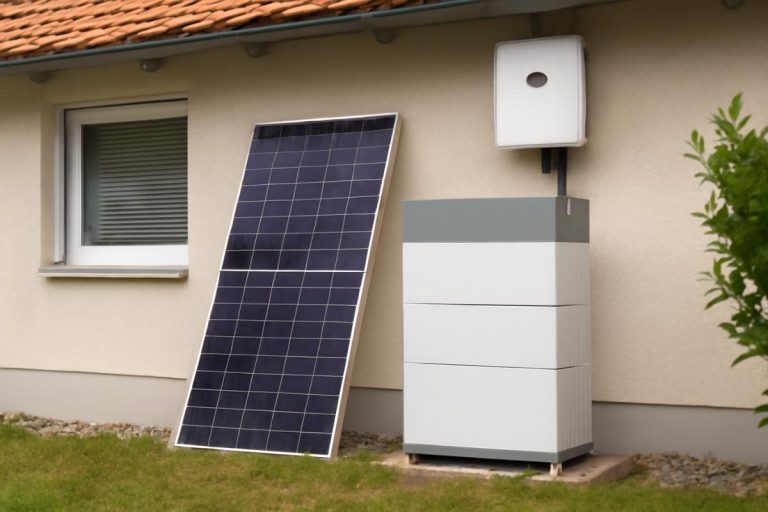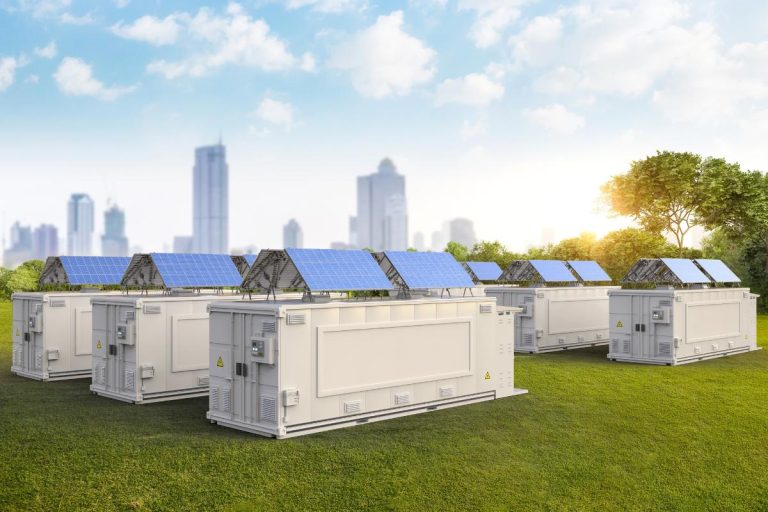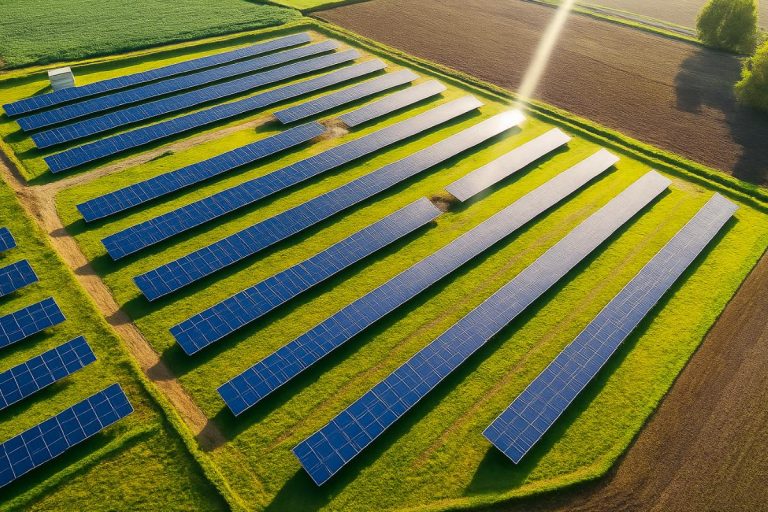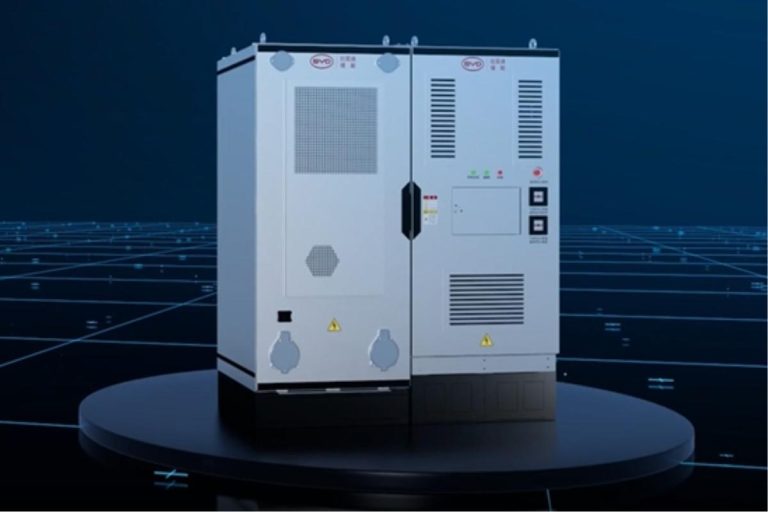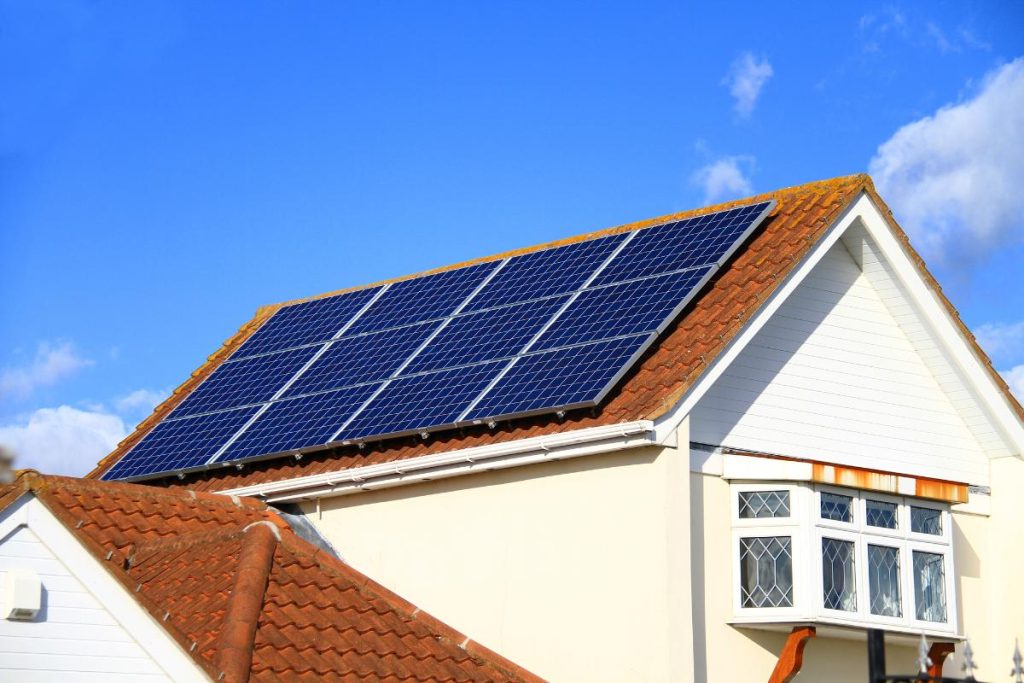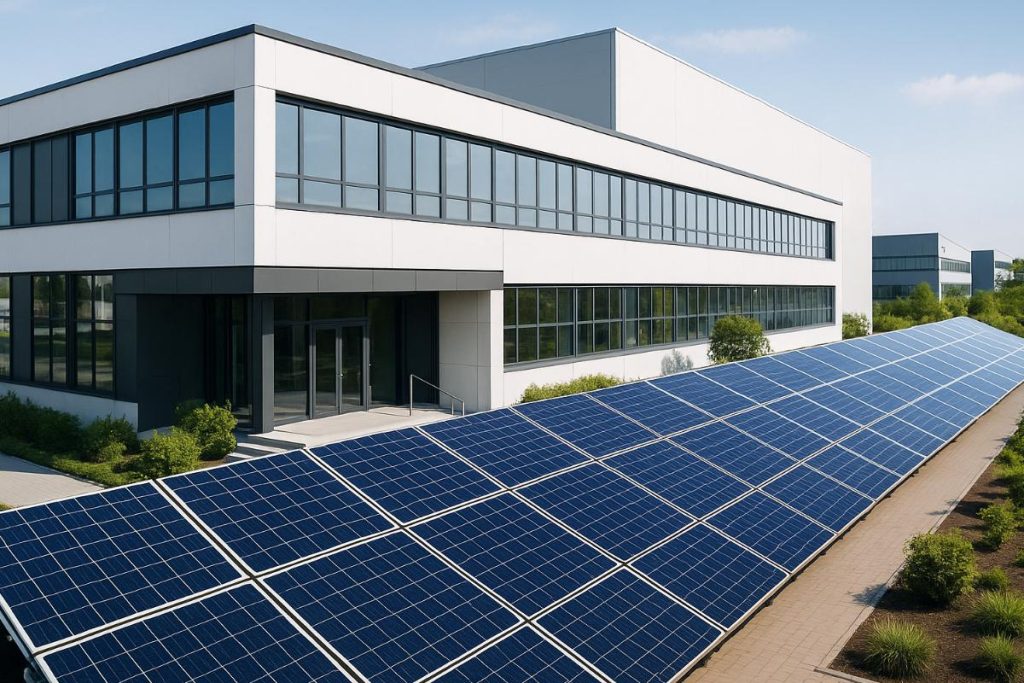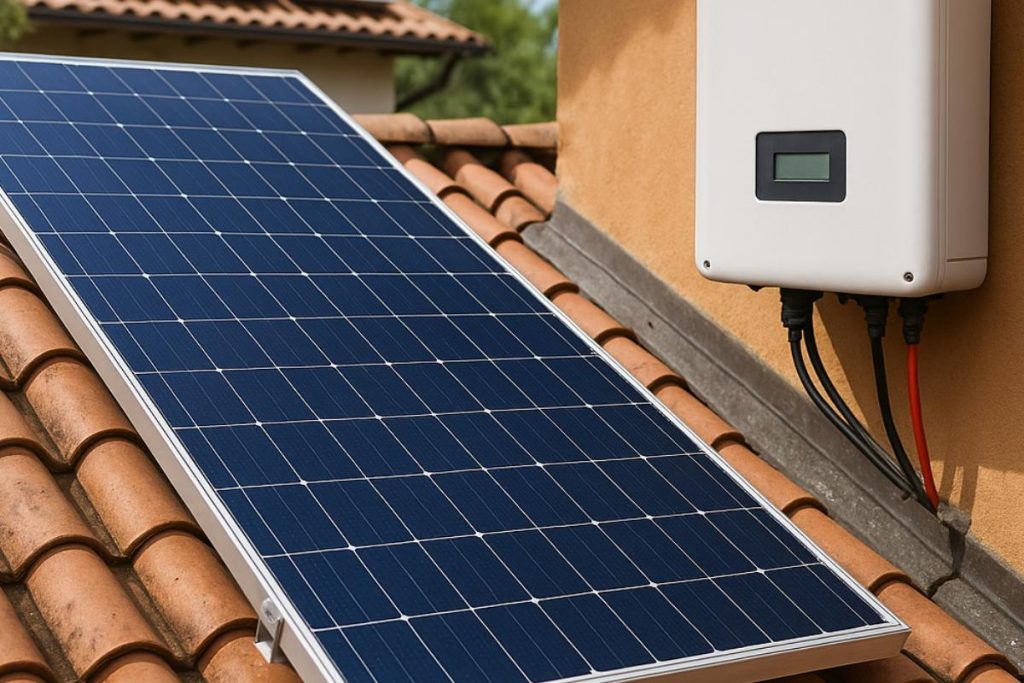A energy transition is a topic that is gaining more and more prominence, and no wonder. It involves switching from traditional sources of energy, such as oil and coal, to sources of renewable energy. renewable energysuch as solar and wind power. This movement is fundamental to reducing environmental impacts, such as climate change, and guaranteeing a more sustainable future for everyone. At a time when we are facing a growing demand for energy and the scarcity of resources, this transition becomes even more urgent.
With so many challenges on the way, moving forward with the energy policies is not just important, it's essential. Although the changes needed are great, the solutions are closer than we think, and it is precisely these solutions that we are going to talk about.
Understand what the energy transition is, why it is so important at the moment and how it can benefit society as a whole, raising the sustainability to another level.
What is the energy transition?
The energy transition is the process of changing the energy sources we use from traditional ones such as oil and coal to cleaner, renewable options such as solar, wind and other natural sources.
This movement seeks to reduce negative impacts on the environment, such as climate change, and promote a more sustainable energy model for the future. The energy transition is essential not only to protect the planet, but also to guarantee a more secure and accessible energy supply for all.
History and evolution of the energy transition
Humanity has always used different sources of energy to develop. In the beginning, we used natural sources such as wood and water. With the Industrial Revolution, fossil fuels such as coal and oil became the main source of energy, helping economic growth but also causing pollution and other environmental problems.
In the 21st century, with the impacts of climate change and the search for more sustainable alternatives, renewable energies have come to be seen as the solution. Today, the energy transition is a global priority to ensure a healthier and more sustainable future.
Main factors driving the energy transition
The energy transition is driven by several factors. One of the main ones is the need to reduce the gases that cause global warming and climate change. In addition, past energy crises, such as the rise in the price of oil, have shown that we rely heavily on non-renewable and limited energy sources.
Advances in renewable energy technologies have also facilitated this transition, making these sources more accessible and efficient. Finally, stronger environmental policies around the world have created a favorable scenario for change.
Benefits of the energy transition for the environment and the economy
The transition to renewable energies has many benefits. For the environment, it helps to reduce pollution and preserve ecosystems, contributing to the fight against climate change.
In the economy, it can create new jobs, boost the growth of greener sectors and help create a more sustainable economy. In addition, by reducing dependence on fossil fuels, the energy transition makes energy supplies more secure and strengthens local economies.
Renewable energy sources
Brazil is one of the world leaders when it comes to renewable energy. Currently, around 48% of the country's energy matrix comes from renewable sourcesan impressive figure that exceeds the global average of just 15%. This progress is mainly driven by hydroelectric, solar and wind energy, which puts Brazil in a favorable position to lead the energy transition in Latin America.
This positive trend reflects the growing movement towards a more sustainable energy model which, as well as benefiting the environment, also offers greater security and autonomy for the country.
Brazil has great potential to further expand the use of renewable sources, and as other forms of clean energy gain more ground, the country will be able to further increase its share of sustainable energy generation. Below, we will explore the main sources of renewable energy that are shaping this scenario.
Solar energy: how it works and its benefits
Photovoltaic solar energy is one of the most popular and accessible forms of renewable energy generation. Solar photovoltaic systems capture sunlight through solar panels, which convert this light into electricity. The process is simple: sunlight is absorbed by photovoltaic cells, generating an electric current that can be used to power homes, businesses and even industries.
The benefits of this technology are many. Firstly, it is a sustainable energy source, as it does not emit pollutants or generate waste. In addition, solar energy can help reduce electricity costs, making it an economical alternative in the long term. Accessibility has also increased, with the price of solar systems falling steadily, making solar energy a viable option for more people and companies.
Wind energy: potential and challenges in Brazil
Brazil also has great potential for generating energy from the wind, especially in coastal regions where the winds are constant and strong. Wind energy is already a reality in the country, and the sector has shown significant growth in recent years, with wind farms being built along the Brazilian coast.
However, there are challenges to further expanding wind energy in Brazil. The necessary infrastructure, such as building towers and installing transmission systems, needs to be developed to reach its full potential. In addition, wind intensity can vary in different regions, which requires careful planning to ensure efficient energy generation.
Investment in more advanced technologies and solutions that optimize the use of wind will be essential if wind energy is to become an even more important source of energy in Brazil.
Biomass and biofuels: sustainable alternatives
Biomass is made up of organic materials, such as agricultural and forestry waste and even urban waste, which can be converted into energy. Biofuels, on the other hand, are fuels produced from biomass, such as ethanol and biodiesel, which can replace fossil fuels in transportation and industries.
These sustainable alternatives offer several advantages. Firstly, they are renewable sources, meaning they can be produced continuously without depleting natural resources. In addition, by using waste that would otherwise be discarded, biomass and biofuels help to reduce environmental impact.
In the agricultural sector, these fuels can generate new sources of income and encourage sustainability, since many biofuels come from plants such as sugar cane and soybeans. Another important benefit is the reduction in greenhouse gas emissions compared to fossil fuels, helping to reduce climate change.
Hydropower and geothermal energy: local solutions
Hydroelectric plants play a fundamental role in Brazil's energy matrix, accounting for a large proportion of the electricity consumed in the country. They work by using the power of water to generate electricity.
By damming up large volumes of water and releasing them through turbines, potential energy can be transformed into electrical energy. In Brazil, the hydroelectric potential is vast, especially due to its large rivers and river basins.
Geothermal energy is an alternative that uses the earth's heat to generate energy. This source is more common in regions with volcanic activity, where heat from the Earth's interior can be easily accessed to produce electricity.
Although Brazil has not invested in this source of energy generation, it uses this potential for heating in leisure areas such as Caldas Novas (GO) and Caldas Novas (MG). It has great potential in regions with geothermal activity in countries such as Iceland and Chile, and could become an interesting option for generating sustainable energy locally. Geothermal energy is considered a clean and renewable source, with the benefit of generating energy in a stable and continuous manner.
Challenges of the energy transition
Despite the progress of the energy transition, many challenges still need to be addressed if the switch to renewable sources is to happen efficiently and affordably. Below, we'll explore the main barriers and how we can overcome them to ensure a more sustainable future.
Technological barriers and innovation
Even with great advances in renewable energies, some technological limitations still hinder the transition. One of the most challenging issues is improving the efficiency of systems, such as solar panels and wind turbines, to increase energy generation with fewer resources. Another major obstacle is energy storage: batteries are now more affordable, but the cost is still onerous.
But innovation has the power to overcome these challenges. New technologies are constantly being developed, such as more efficient batteries and intelligent energy management systems at more affordable prices.
Economic and investment issues
The energy transition also faces an economic challenge. The initial investments needed to implement renewable energy systems can be high, especially in countries or companies with more limited budgets. In addition, the lack of financial incentives and the complexity of tax policies can make the process more difficult.
However, it's important to remember that this transition also brings opportunities. The renewable energy market is growing rapidly, which creates new business possibilities and jobs. In addition, long-term operating costs tend to be lower with renewable energy sources, which can generate economic benefits in the future, offsetting the initial investment.
Public policies and regulation
Public policies and regulation play an essential role in accelerating the energy transition. When well formulated, they can facilitate the switch to renewable energies by offering incentives and creating a favorable regulatory environment for the development of new technologies. However, a lack of clear policies and resistance to change can slow down the process.
Countries like Germany and Denmark have shown how a set of green policies can boost the adoption of renewable energies. For the transition to be successful elsewhere, it is important that each country adapts its policies to the local reality, creating a balance between incentives and regulation to ensure that the energy transition happens efficiently and affordably.
Solutions and strategies to speed up the transition
The energy transition depends not only on changing energy sources, but also on a joint effort between governments, companies and society. There are various solutions and strategies that can speed up this process, making the change faster and more effective. Below we'll look at some of them and how they have helped to promote a more sustainable future.
Government initiatives and incentives
Governments play a key role in the energy transition, offering support to encourage the use of renewable sources. Initiatives such as subsidies for solar energy systems, tax breaks for companies that invest in clean energy and low-interest financing are examples of how public policies can stimulate change.
These incentives help to reduce the initial costs of implementing renewable energies and make these technologies more accessible. Countries like Germany and China have stood out for their incentive policies, showing that government support is essential to speed up the transition.
The role of companies and industries
Companies have a huge influence on the energy transition. As well as adopting sustainable practices in their processes, many are actively investing in renewable energies and cleaner technologies.
Large companies like Google, Microsoft and Tesla are already using solar and wind energy on a large scale, not only in their operations, but also by encouraging innovation in clean energy. For the transition to be successful, it is important that more companies follow suit, implementing sustainable solutions in their production chains and looking for technologies that reduce their carbon footprint.
Community participation and education
Community participation is also crucial to accelerating the energy transition. Raising awareness about the benefits of renewable energies and the importance of reducing the consumption of energy generated by fossil fuels are key to generating changes in behavior.
Environmental education campaigns and awareness programs can influence both consumers and companies, motivating them to adopt more sustainable practices. Environmental education can also help create a generation that is more aware and prepared to deal with the energy challenges of the future, contributing to building a greener and more responsible society.
The importance of a collaborative approach
The energy transition is essential to ensure a sustainable future, and as we have seen throughout this article, it offers significant benefits, such as reducing environmental impacts, strengthening the economy and building a more balanced energy model.
In this sense, BYD has become a strategic partner in promoting solar energy and the energy transition. We offer innovative and efficient solutions, helping people and companies to adopt solar energy in an affordable and sustainable way.
Do you want to take part in the energy transition with solar energy? Discover BYD's solutions!


